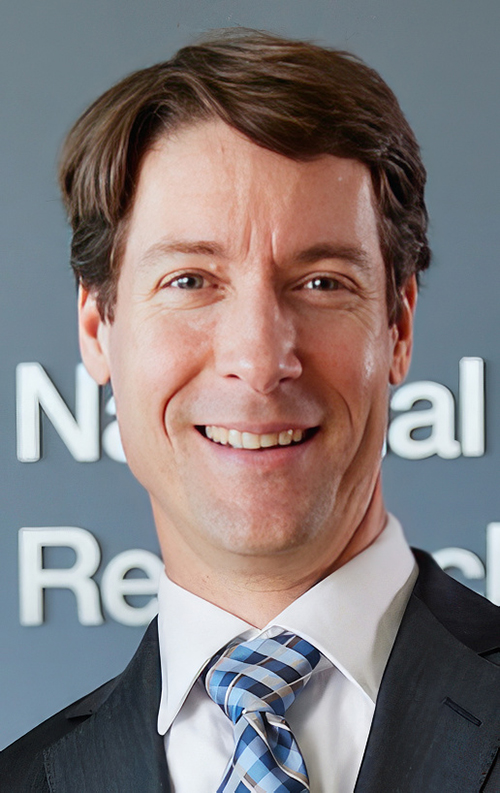Clinical laboratories and pathology groups may soon have new assays for diagnosis, treatment identification, patient monitoring
It’s here at last! The human Y chromosome now has a full and complete sequence. This achievement by an international team of genetic researchers is expected to open the door to significant insights in how variants and mutations in the Y chromosome are involved in various diseases and health conditions. In turn, these insights could lead to new diagnostic assays for use by clinical laboratories and pathology groups.
After decades of attempts, genetic scientists led by the Telomere-to-Telomere Consortium—a team of researchers funded by the National Human Genome Research Institute (NHGRI), part of the National Institutes of Health (NIH)—have finally “generated the first truly complete sequence of a human Y chromosome,” which is “the final human chromosome to be fully sequenced,” of the 24 human chromosomes, SciTechDaily reported.
Pathologists and clinical laboratories involved in genetic research will understand the significance of this accomplishment. The full Y chromosome sequence “fills in gaps across more than 50% of the Y chromosome’s length, [and] uncovers important genomic features with implications for fertility, such as factors in sperm production,” SciTechDaily noted.
This breakthrough will make it possible for other research teams to gain further understanding of the functions of the Y chromosome and how specific gene variants and mutations contribute to specific health conditions and diseases. In turn, knowledge of those genetic sequences and mutations would give clinical laboratories the assays that help diagnosis, identify relevant therapies, and monitor a patient’s progress.
The researchers published their findings in the journal Nature titled, “The Complete Sequence of a Human Y Chromosome.”

“When you find variation that you haven’t seen before, the hope is always that those genomic variants will be important for understanding human health,” said Adam Phillippy, PhD, a senior investigator and head of the Genome Informatics Section at the National Human Genome Research Institute, in a press release. Clinical laboratories and anatomic pathology groups may soon have new assays based on the T2T study findings. (Photo copyright: National Human Genome Research Institute.)
Study Background and Recognition
Revolutionary thinking by the Telomere-to-Telomere (T2T) scientists led to the team’s breakthrough. The researchers “applied new DNA sequencing technologies and sequence assembly methods, as well as knowledge gained from generating the first gapless sequences for the other 23 human chromosomes,” SciTechDaily reported.
In 1977, the first complete genome of an organism was sequenced. Thus began the commencement of sequencing technology research. Twenty years ago the first human genome sequence was completed. The result was thanks to years of work through the preferred “chain termination” (aka, Sanger Sequencing) method developed by Fred Sanger and a $2.7 billion contribution from the Human Genome Project, according to a study published in the African Journal of Laboratory Medicine (AJLM).
By 2005, a new era in genomic sequencing emerged. Scientists now employed a technique called pyrosequencing and the change had great benefits. “Massively parallel or next-generation sequencing (NGS) technologies eliminated the need for multiple personnel working on a genome by automating DNA cleavage, amplification, and parallel short-read sequencing on a single instrument, thereby lowering costs and increasing throughput,” the AJLM paper noted.
The new technique brought great results. “Next-generation sequencing technologies have made sequencing much easier, faster and cheaper than Sanger sequencing,” the AJLM study authors noted.
The changes allowed more sequencing to be completed. Nevertheless, more than half of the Y chromosome sequence was still unknown until the new findings from the T2T study, SciTechDaily reported.
Why the TDT Breakthrough Is So Important
“The biggest surprise was how organized the repeats are,” said Adam Phillippy, PhD, a senior investigator and head of the NHGRI. “We didn’t know what exactly made up the missing sequence. It could have been very chaotic, but instead, nearly half of the chromosome is made of alternating blocks of two specific repeating sequences known as satellite DNA. It makes a beautiful, quilt-like pattern.”
Phillippy’s research was groundbreaking enough to earn him and his team finalist positions in the 2023 Science, Technology, and Environment segment of the Samuel J. Heyman Service to America Medals.
Much can be gained in knowing more about the Y chromosome. Along with the X chromosome, it is significant in sexual development. Additionally, current research is showing that genes on the Y chromosome are linked to the risk and severity of cancer.
Might What Comes Next Give Clinical Labs New Diagnostic Tools?
The variety of new regions of the Y chromosome that the T2T team discovered bring into focus several areas of new genetic research. For instance, the “azoospermia factor region, a stretch of DNA containing several genes known to be involved in sperm production” was uncovered, and “with the newly completed sequence, the researchers studied the structure of a set of inverted repeats or palindromes in the azoospermia factor region,” SciTechDaily reported.
“This structure is very important because occasionally these palindromes can create loops of DNA. Sometimes, these loops accidentally get cut off and create deletions in the genome,” said Arang Rhie, PhD, a staff scientist at NHGRI and first author of the Nature study.
Missing regions would challenge the production of sperm, impacting fertility, so being able to finally see a complete sequence will help research in this area.
Scientists are only just beginning to recognize the value of this breakthrough to future genetic research and development. As genetic sequencing costs continue to drop, the T2T research findings could mean new treatment options for pathologists and diagnostic assays for clinical laboratories are just around the corner.
—Kristin Althea O’Connor
Related Information:
Complete Human Y Chromosome Sequence Assembled for the First Time
The Complete Sequence of a Human Y Chromosome
Scientists Release the First Complete Sequence of a Human Y Chromosome
Researchers Assemble the First Complete Sequence of a Human Y Chromosome


